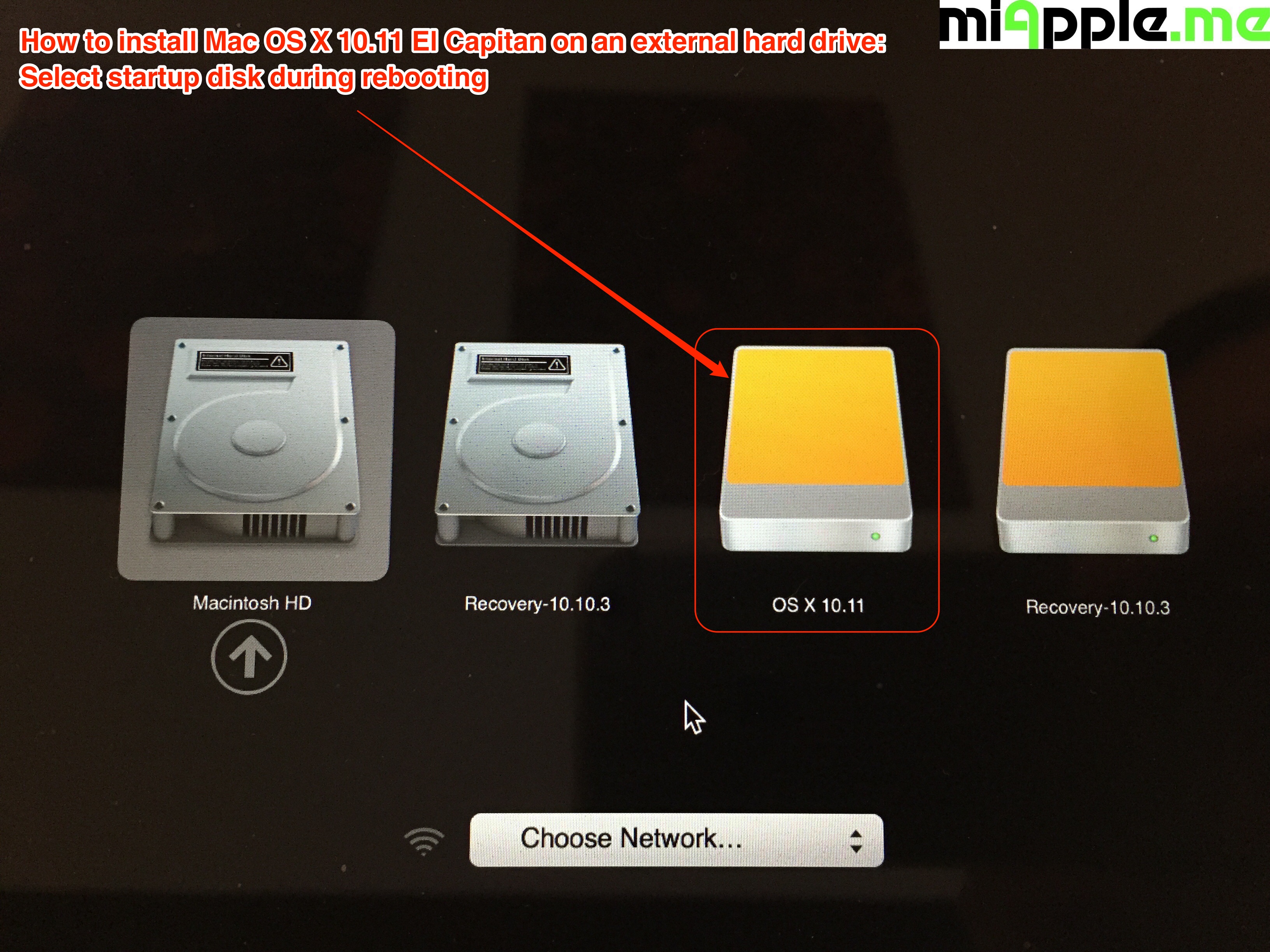
Once you have your disk image made, you can burn a disk image to a blank disk via the Finder, or through Disk utility, and you can burn files and data to discs too from the Finder too just in case you want to consolidate files. While disk images have been around forever, they still have plenty of modern use, and people may want to make an ISO of macOS Big Sur for example, The command line has a variety of other options for example, and you can create an ISO file of a disk or drive via Terminal. If you wish to change the format, you can learn about converting DMG to CDR or ISO here, and you can do the same thing via the command line. This is just one way to create a disk image on a Mac, and it ends up in the DMG format. For the latter, most people would likely prefer to rip the CD into iTunes or Music app and convert it into MP3 or M4A file format instead. Remember that creating a disk image basically mimics the disk itself, which is more appropriate for software, proofs, medical images, movies, and so forth, and less appropriate for something like a music CD. You can mount it and treat it like any other CD or DVD if you’d like to. You’ll find the disk image as DMG file format in whatever the destination was you chose to save the disk image file to. Making the disk image is usually fairly quick, but give it a few minutes to complete.

Choose the destination and name where you want to save the disk image to, and whether or not you want it to be read/write, read-only, or encrypted, then click “Save” to begin the process of ripping the disk image from the DVD / CD.Pull down the “File” menu and choose “New Image” and select “New Image from ‘Disk Name'” from teh menu options.Open the “Disk Utility” application via the Utilities folder, or by hitting Command+Spacebar and searching for “Disk Utility” and hitting return.

/DiskUtilityElCap-56a5d5405f9b58b7d0dea193.jpg)


 0 kommentar(er)
0 kommentar(er)
